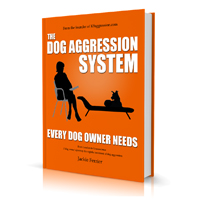Your cart is currently empty!
What you may not know about rewarding a dog’s fear or aggression
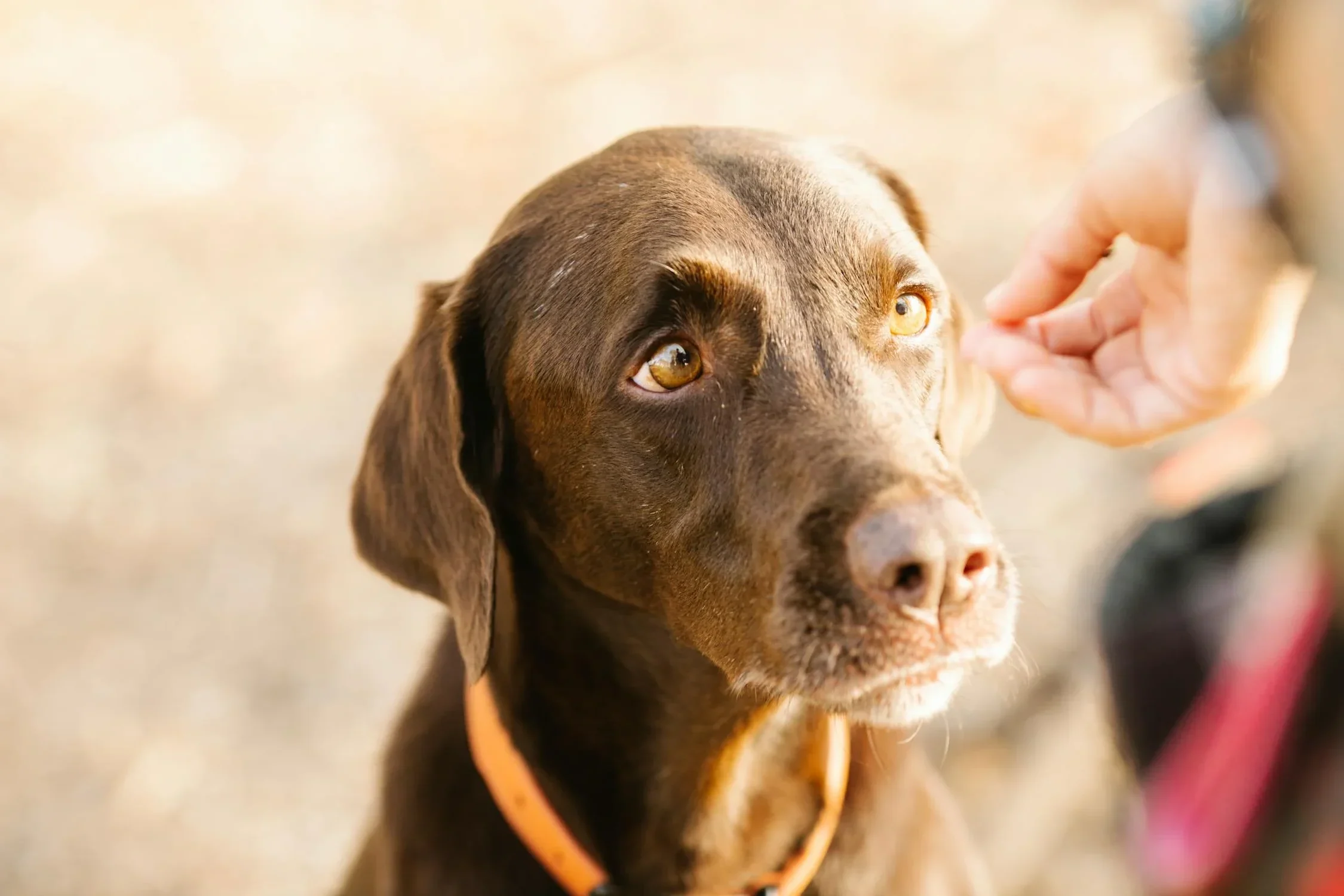
Can treats reinforce a dog’s fear or aggression?
A recent blog comment sparked an interesting question in response to our article, 5 Harsh Realities of Treating Dog Aggression, which we thought was worth a blog post. The question came after a statement that treats can’t reinforce (strengthen or cause it to repeat) fear. The poster asked if we would mind explaining why/how an emotion cannot be reinforced/rewarded.
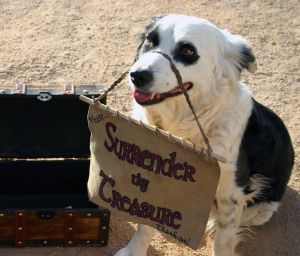
Biological preparedness, activation of the sympathetic nervous system and cognitive processes are all factor important factors in addressing this.
The concept of reinforcement works is like this: rewarding a dog after it has performed a behavior will cause that behavior to be reinforced, in other words, the dog is more likely to repeat the behavior the next time under the same or similar conditions. So what happens if you give a fearful dog a treat? Does it not cause the fear to be strengthened? It is a legitimate question, but it’s not that straightforward.
What behavior Becomes Reinforced has an adaptive logic
The idea that rewarding a dog for behavior will result in the dog repeating the behavior is tidy, but dogs are not simple vending machines where you put something in and something comes out. But there is more at work; we make associations with situations that are most likely to help us survive given the context of the situation we are in. In other words, what we learn has an adaptive logic. This means its not a one-size-fits-all approach.
Biological Preparedness: Why Rewards Aren’t One-Size-Fits-All
What is Biological Preparedness?
This theory suggests animals are pre-wired to learn certain associations more easily than others. This plays a big role in training.
Examples in Action
Studies show chaffinches learn to perch in response to bird songs (reward) but not for key pecking. Rats, on the other hand, learn to press a lever for food (reward) but not to avoid shock (naturally scary). This highlights that a “reward” like food isn’t universally motivating. We need to consider an animal’s natural instincts for what they’re willing to do to get a reward.
Fear and Food: A Mismatch?
So, what about dogs? Are they biologically prepared to be fearful to get food? Not likely. Fear suppresses appetite, making food unappealing. In the next section, we’ll explore how fear and emotions connect with learning.
Fear as an Involuntary Reaction
Fear is a natural reaction, not a chosen behavior. While repeated exposure to scary things can strengthen fear itself, simply giving a treat during a fearful episode doesn’t necessarily create a link between the two.
Classical Conditioning: Does it Apply Here?
Classical conditioning involves learning associations between stimuli. Could this explain treats rewarding fear? Not quite. Dogs naturally associate food with pleasure, not fear. To create a fear association with food, the food would need to consistently precede a scary event, which is unlikely in most situations. Let’s explore another learning model: operant conditioning.

Can classical conditioning using food reinforce a dog’s fear?
Classical conditioning is the learning where a reflex occurs in response to something that does not ordinarily produce the reflex. This happens by learning associations and predicting the occurrence of events as a result of those associations. A well-known study by Pavlov indicated that Pavlov’s dog salivating at the sound of the bell when the dog learns that food appears after the sound of the bell, is the classic example. This kind of learning is largely involuntary.
Food Doesn’t Trigger Fear
Let’s address the idea that following fear with a treat makes a dog more fearful. Here’s the key: dogs don’t naturally associate food with fear. They salivate at food – it’s an automatic reflex. They don’t choose it, it just happens.
Think of Pavlov’s dogs: the bell triggered the thought of food, which led to salivating. The thought of food didn’t scare them. In classical conditioning, the association relies on the dog’s natural responses. This means food, a natural reward, needs to come before the fear for an association to form.
Can Food Predict Fear?
So, how could food ever predict something scary? Only if it’s consistently paired with the scary experience itself. But even then, there’s a catch.
If the dog gets food at other times, the link between food and fear weakens. Food naturally brings pleasure, and those positive associations are deeply ingrained. It’s much harder to replace that with fear than to connect fear with the specific situation causing it.

Can Treats Make Dogs More Afraid? Exploring Operant Conditioning
Operant Conditioning and Rewards
Operant conditioning uses rewards to teach desired behaviors. For example, a dog who consistently gets a treat for sitting learns to associate sitting with getting a reward. This is an active learning process where the dog uses problem-solving skills.
Fear and the Hijacked Brain
However, fear throws a wrench into this. When a dog is stressed, the amygdala (the fear center) takes over, overriding rational thinking. This can hinder learning and memory, especially when the stress is related to the situation causing the fear.
Stress Makes Food Less Appealing
During stressful situations, the body prioritizes fight-or-flight. This suppresses appetite, making food less desirable. A fearful dog likely wouldn’t be interested in a treat, rendering it ineffective as a reward.
Fear Reduction, Not Food, Reinforces Aggression
Similar principles apply to aggression. Food might not directly reinforce aggression, but if aggression removes the source of fear (the “scary thing”), then the aggression itself becomes reinforced. The reward? The end of fear.
Conclusion: Treats and Fear
While emotions can be influenced, treats don’t directly strengthen fear in dogs. However, if aggression helps a dog avoid fear, the aggression itself can become reinforced. This highlights the importance of understanding fear and addressing its root cause when dealing with dog aggression.pen_sparktunesharemore_vert
ADVERTISEMENT
The Dog Aggression System Every Dog Owner Needs E-book
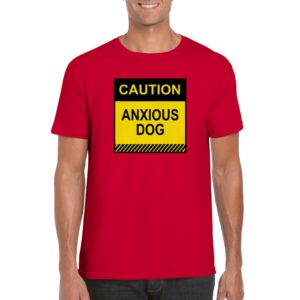
Anxious Dog Shirts only available in our shop
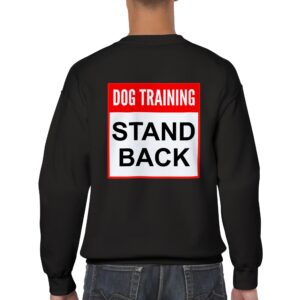
Keep people away with our Stand back shirts

